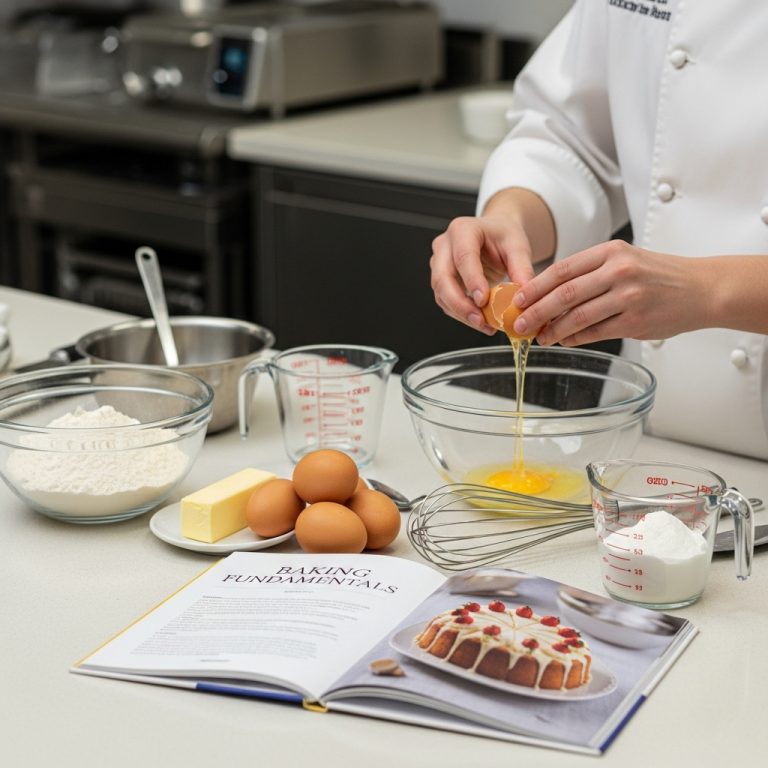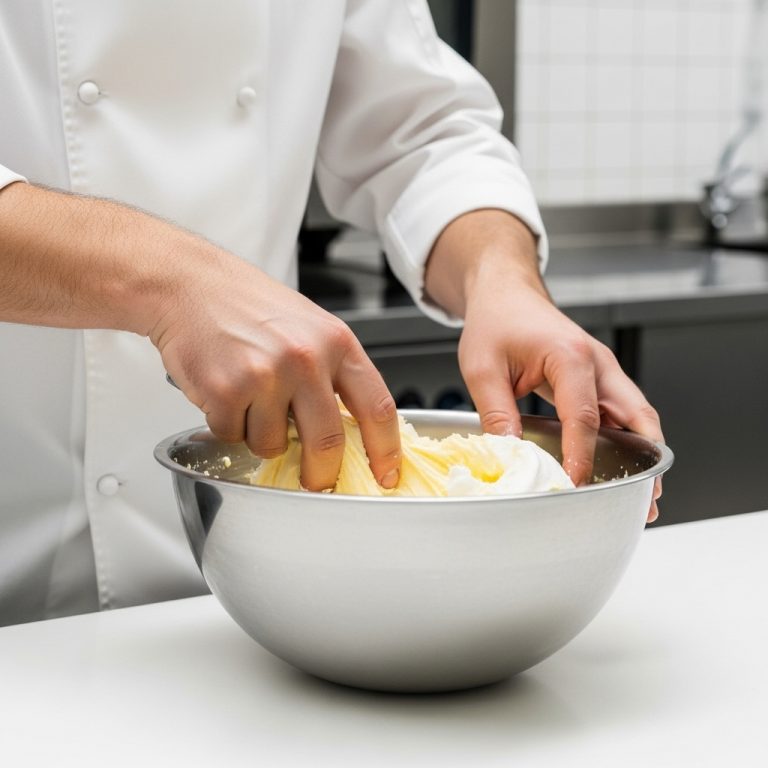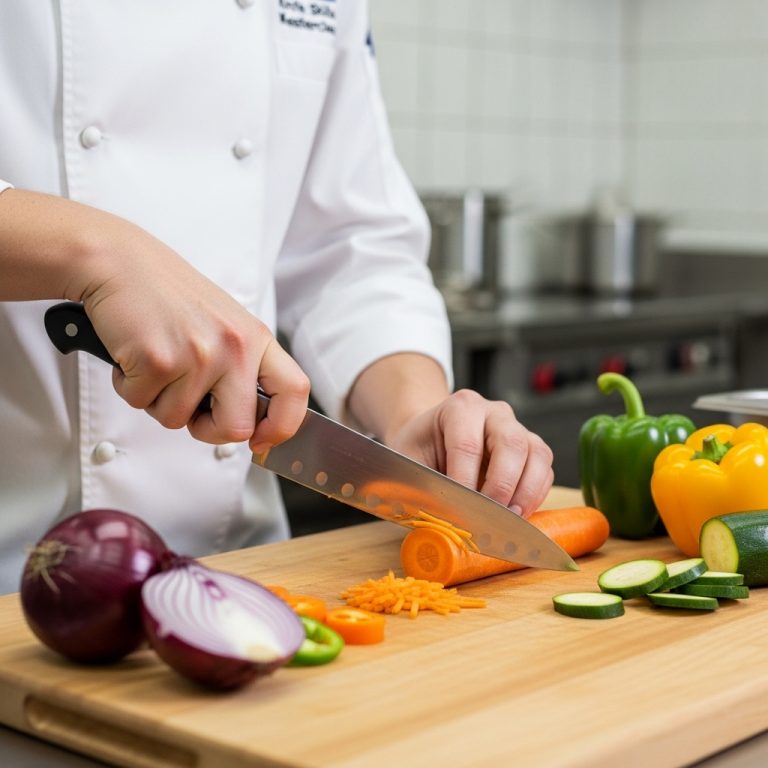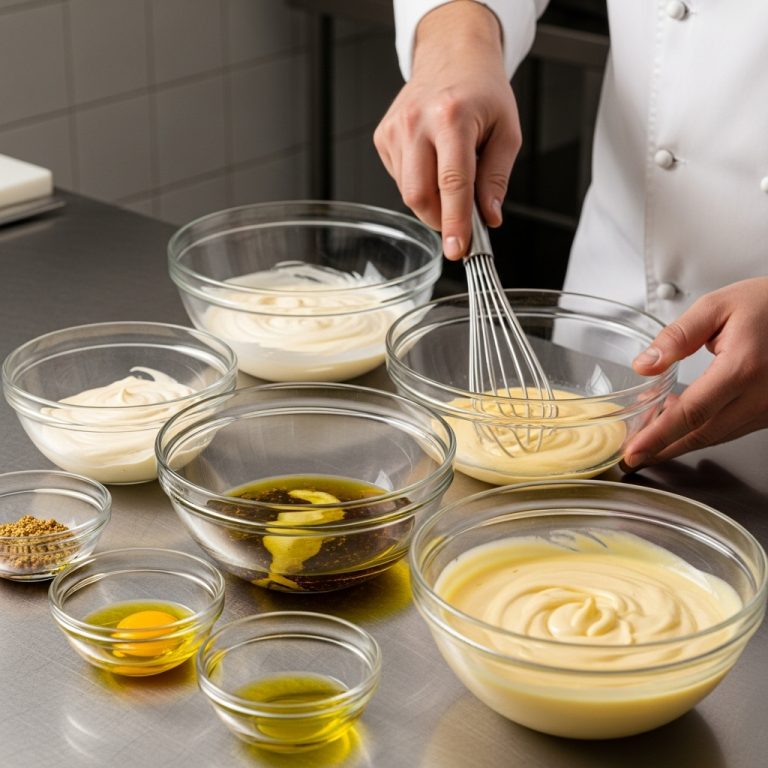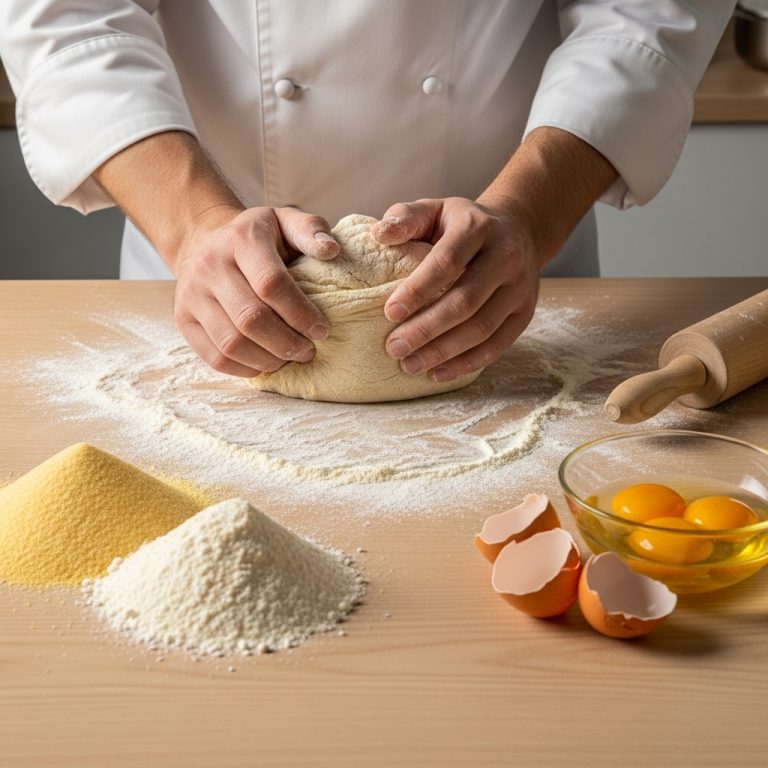Flavor Balancing 101
Lesson Title: Flavor Balancing 101
Objective: Understand and apply the basic principles of flavor balancing to create delicious dishes. Learn how to adjust recipes to suit personal preferences and dietary needs.
Core Concept: Flavor balancing is the process of combining ingredients so that the flavors work in harmony—nothing is too sweet, salty, sour, or bitter. It means knowing the flavor profile of each ingredient and how to adjust ratios to bring out the best in a dish.
Tools & Setup: Cutting board, knife, measuring spoons and cups, mixing bowls, salt, sugar, lemon juice, vinegar, and other spices as needed for tasting and testing.
Step-by-Step Practical:
1. Taste individual ingredients—pinch of salt, spoon of sugar, splash of lemon juice. Observe how each feels and lingers on your palate.
2. Mix two ingredients at a time to observe how they interact (e.g., salt + sugar). Continue combining, building complexity while noting balance.
3. Apply your observations to a simple recipe like a vinaigrette or marinade. Start with the base formula, then adjust it.
4. Taste the result. If it’s off balance—too sharp, too flat—adjust. Add acidity, sweetness, or salt until it feels rounded.
5. Try again with a more complex recipe. Continue refining your ability to balance through real cooking practice.
Culinary Insight: Balancing flavor is about managing the core tastes—sweet, salty, sour, bitter (and sometimes umami). Good balance doesn’t mean all are equal—it means none are overpowering. Use your palate to guide you, not just measurements.
Pro Tips & Variations: Flavor preferences are personal. What tastes balanced to one person may need more zip or mellowing for another. Don’t be afraid to experiment, especially with seasonal produce that brings its own nuances to the table.
Reflection: Mastering flavor balance helps transform basic cooking into something memorable. It empowers you to tweak any recipe and make it your own—whether you’re following a classic or improvising in


